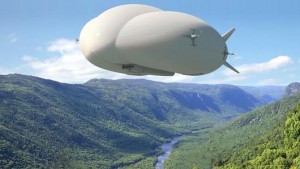Drone Law 101
The Federal Aviation Administration (FAA) estimates that almost 2.5 million unmanned aerial systems, more commonly known as drones, will be purchased in 2016, and that annual sales will reach almost 7 million units by 2020. Drones have been or soon will be employed in an ever-broadening  sphere of applications, including photography, natural resource mapping and management, hobbyist flying, military and police applications, and perhaps even package delivery. But as with many fast-emerging technologies, governance regimes have not kept pace with science. As a result, many of these millions of purchasers have at least one thing in common: uncertainty over how their flying activities are regulated.
sphere of applications, including photography, natural resource mapping and management, hobbyist flying, military and police applications, and perhaps even package delivery. But as with many fast-emerging technologies, governance regimes have not kept pace with science. As a result, many of these millions of purchasers have at least one thing in common: uncertainty over how their flying activities are regulated.
On Friday, April 8, the Environmental Law Society hosted a discussion of the future of drone regulation at the federal and state levels, featuring three experts: Russ Klingaman, who teaches Aviation Law and is a licensed pilot; Eric Compas, a UW-Whitewater professor and drone enthusiast who has received grant funding to investigate the use of drones for natural resource and disaster recovery purposes; and Detective Eric Draeger of the Milwaukee Police Department. In a wide-ranging discussion, the panelists agreed that legal regimes governing drones are constantly evolving. They grouped the top legal challenges related to drones into three categories: safety, privacy, and security.


